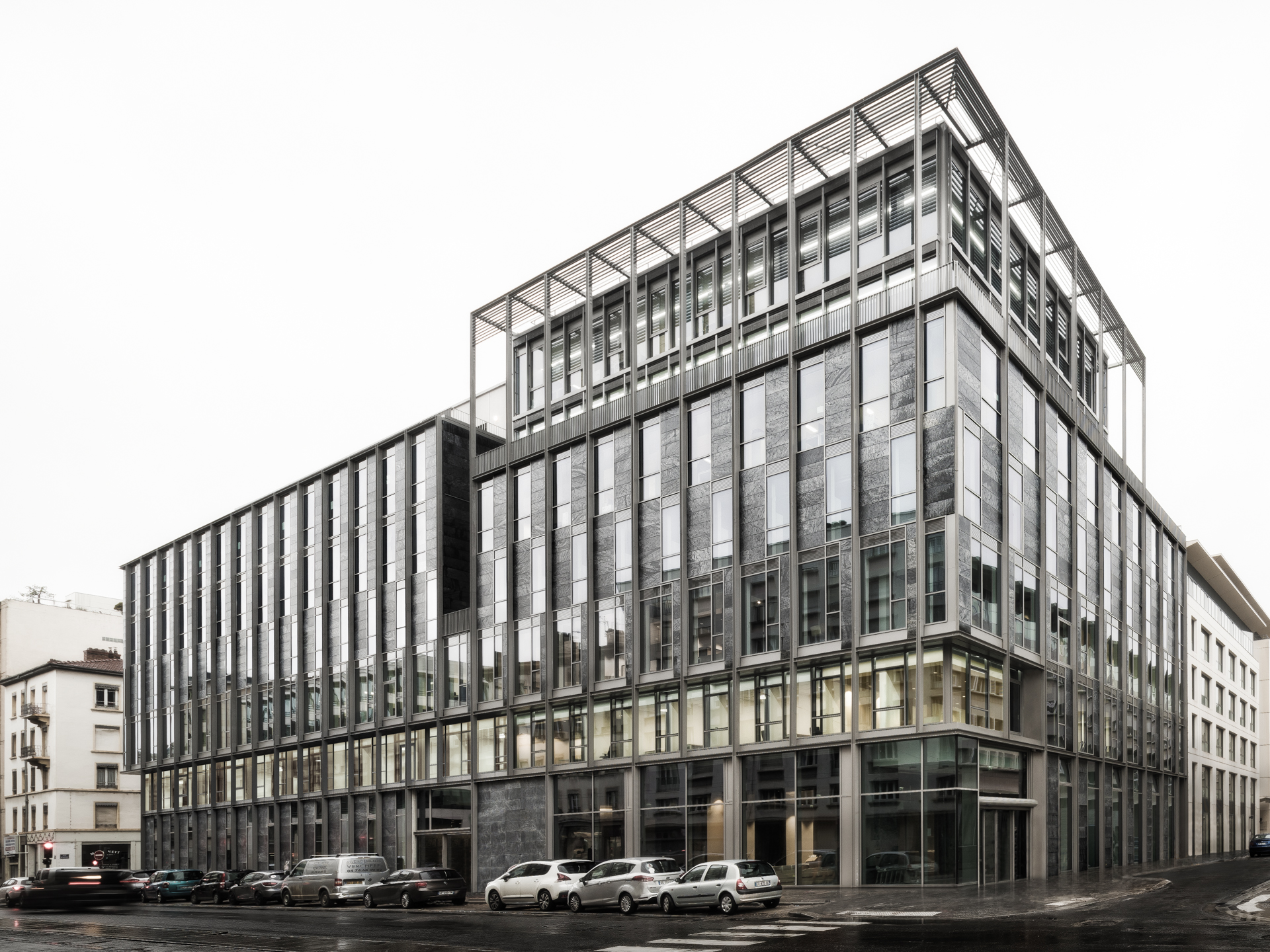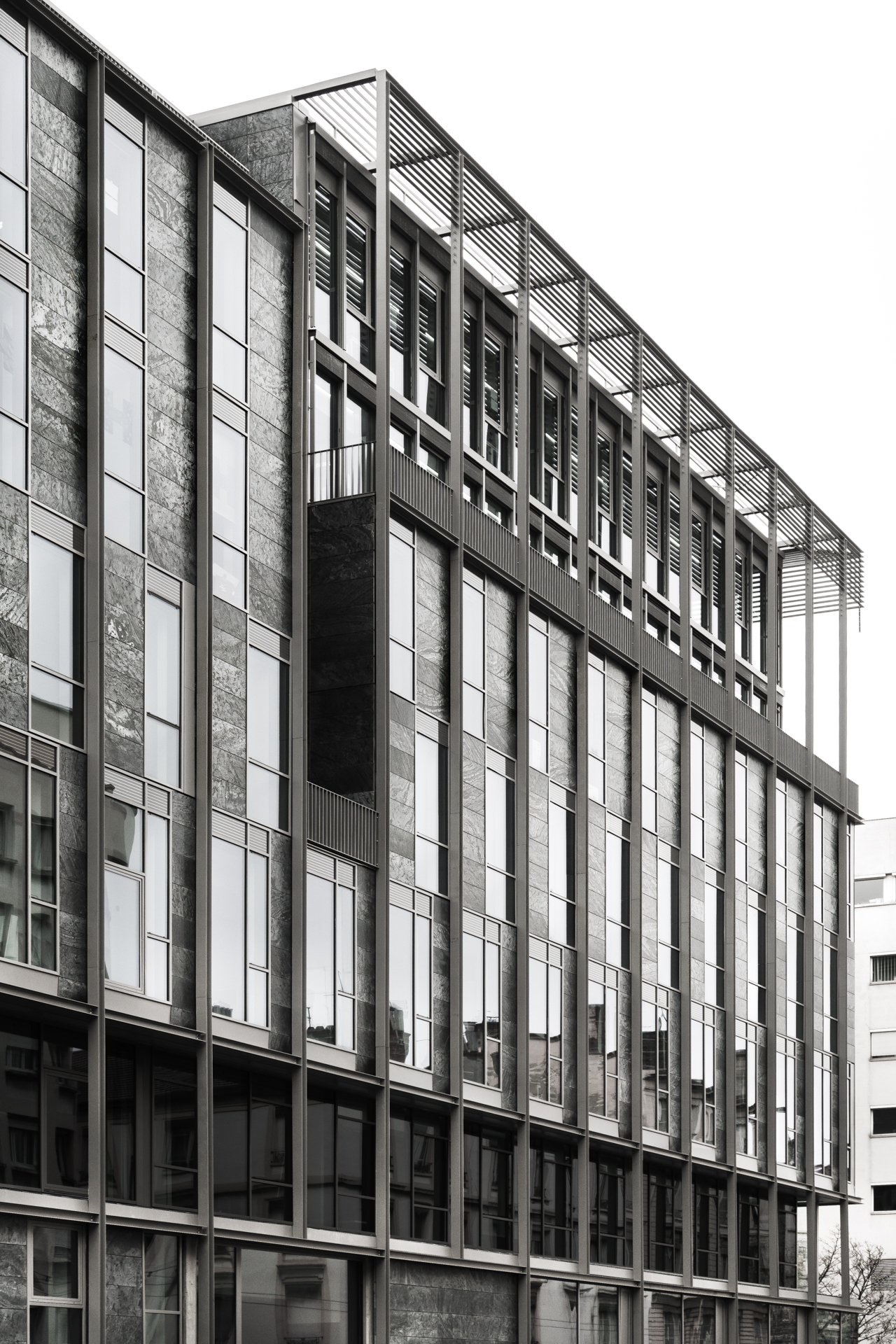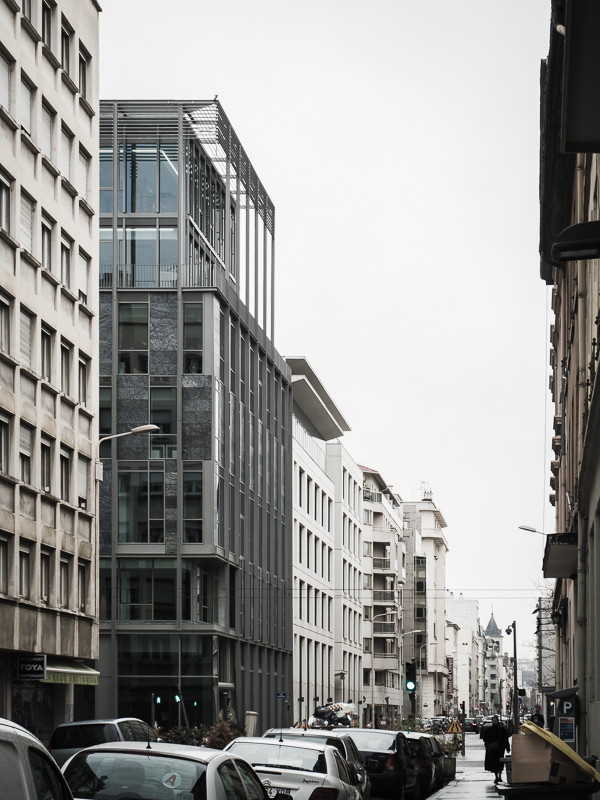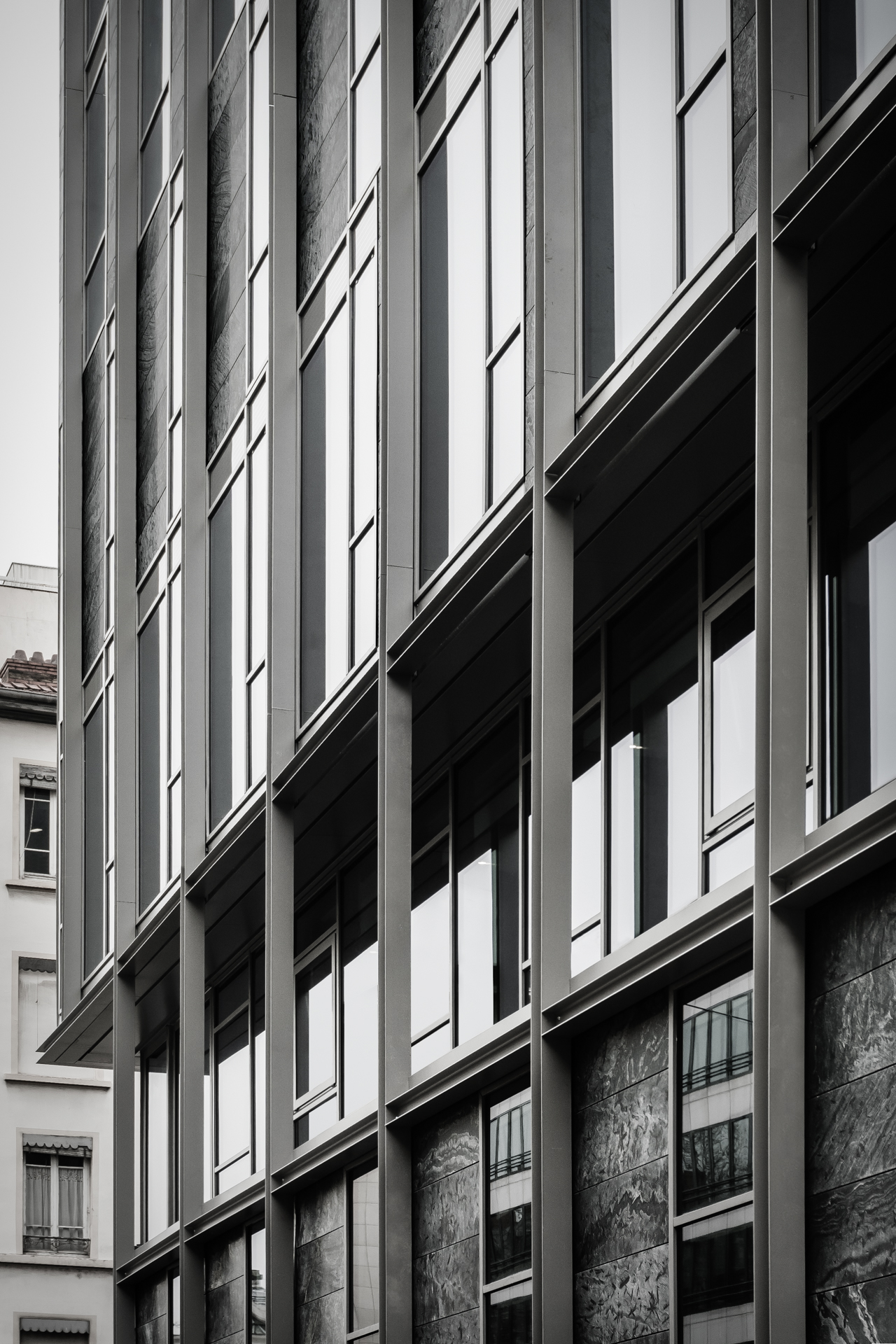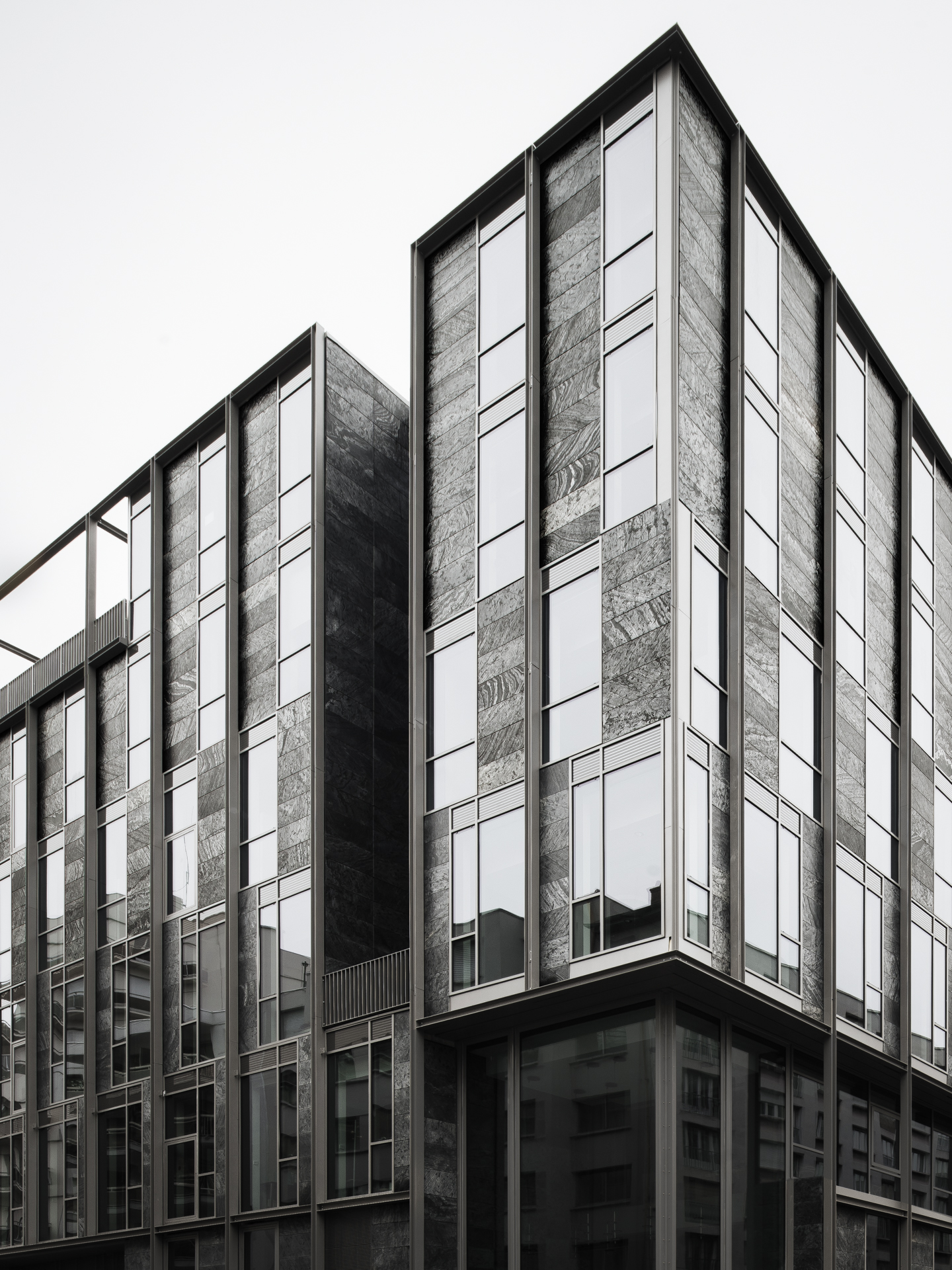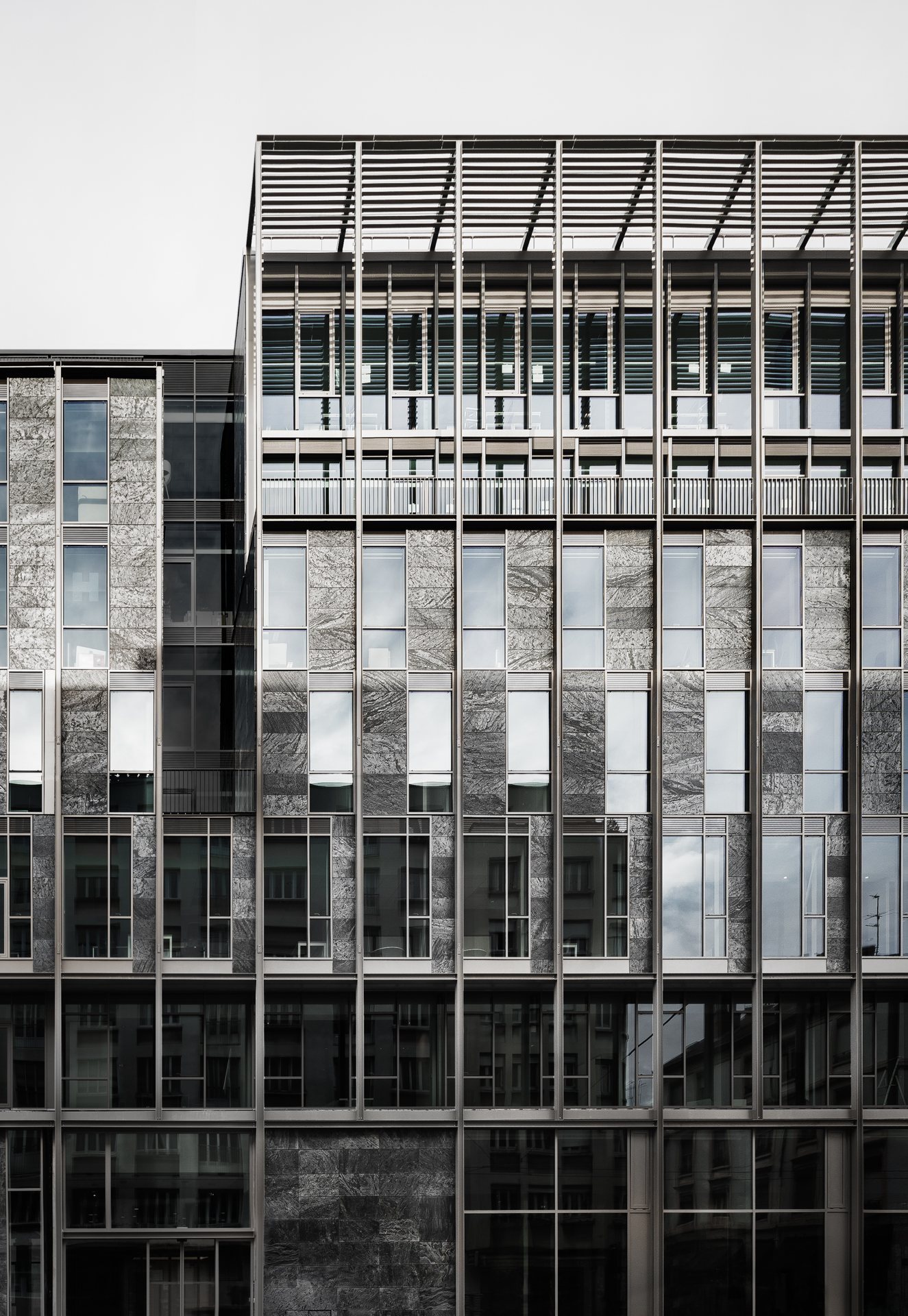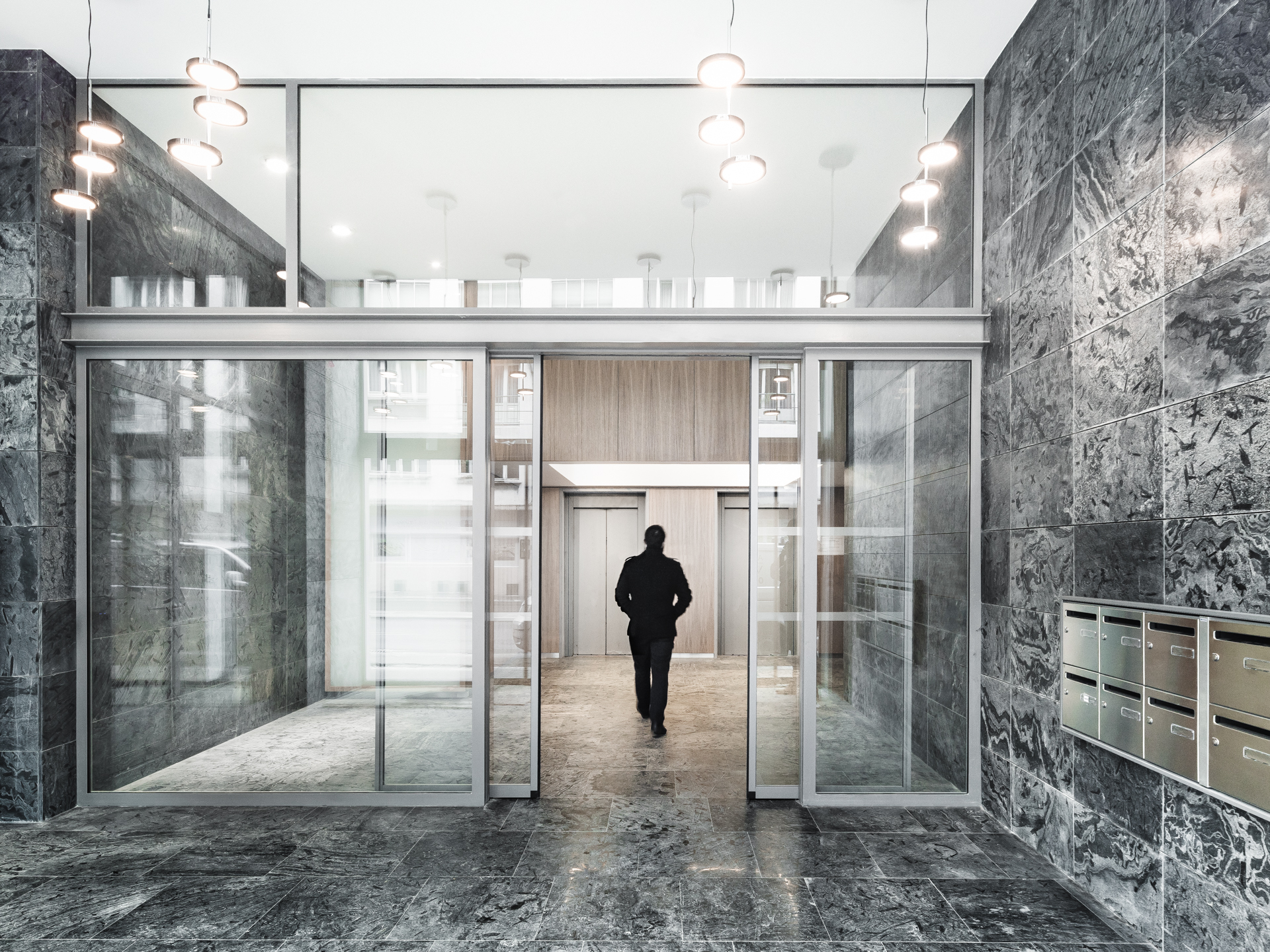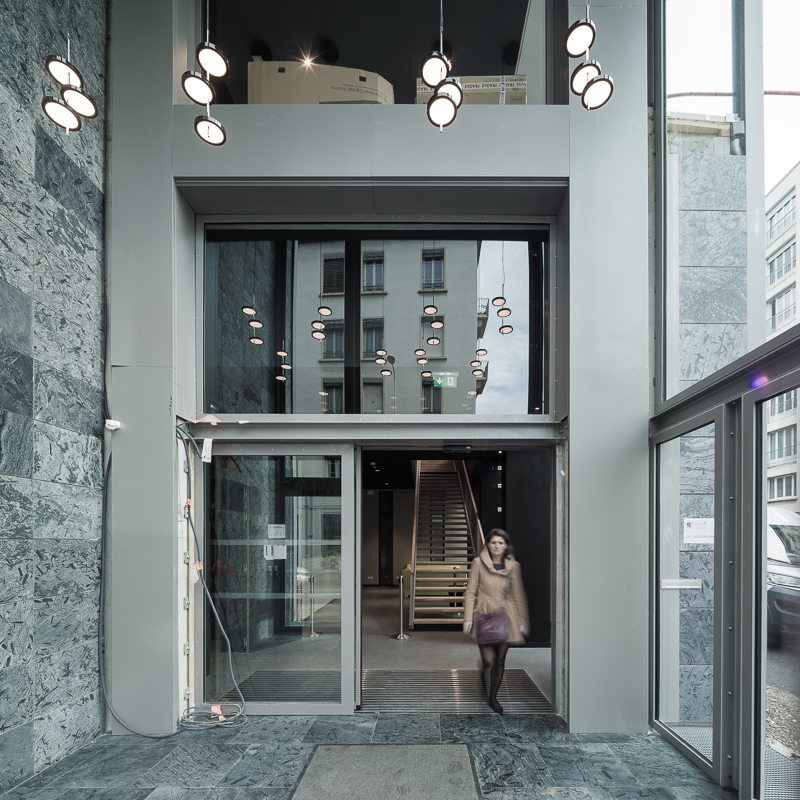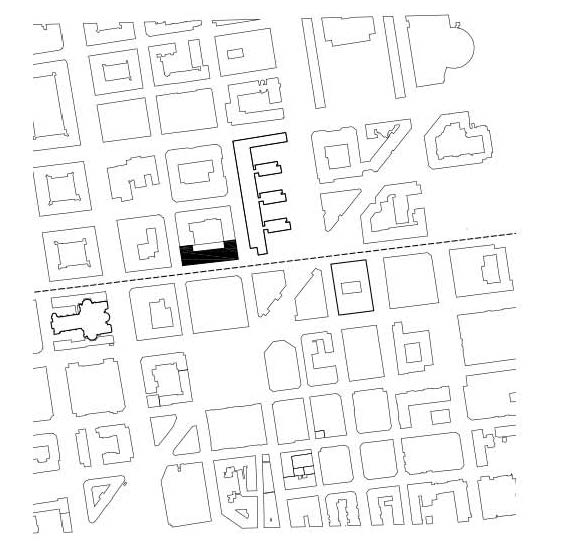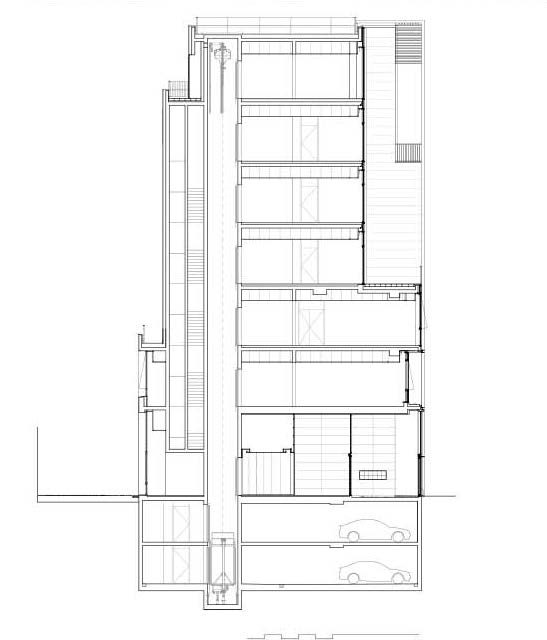Lawyer's house, Lyon
Lawyer's house and offices
Recognition
Mies van der Rohe awards short listed, FAD Finalist
Location
Lyon, 3rd
Architec/s
OAB, Dumetier Design and Peñín Architects
Contributors
Survey: Flying Gestion
Structure Eng.: DPI
MEP: GC2E
Architecture team
Marta Gómez, achitect
Annick Joubert, achitect
Jean Baptiste Pierru, achitect
Client
SOGV
Project date
2014
Completion date
2018
Budget
Global : 17.819.168+Tax
Fotography
Joan Guillamat
Description
In the city of Lyon, Servient street has an urban potential that makes the plot of the former district archive building particularly interesting, located in the city center and close to the Palais de Justice and the Part Dieu station.
The first project decision was to enhance that urban multiplicity while responding to a highly mixed program with three uses: Law School, Bar Association and office spaces for rent.
The project chooses to avoid the opacity of some official buildings and aims instead to display the transparency of its activities. A private building, but with a public and institutional character, that shows its circulations and its programmatic horizontal division, and which becomes porous and accessible from the public space.
The two entrance halls located at the corners, the School and the Bar association lobbies, are completed with the main entrance hall to the offices, located at Servient street. The entrance through the school lobby leads directly to the first floor, to a hallway open to the street and set back from the façade plane by a horizontal fissure. The classrooms, which face north, overlook the quiet, interior courtyard.
On each floor, a series of fissures in the façade illuminate the circulation areas. One of them contributes to building an emerging volume that respects the setback of the attic and suggests an urban spotlight and a double architectural scale, which can be perceived from the station avenue.
Large pieces of grey glass alternate in scale and position with slates of phyllite stone which help integrate the openings with a variety of sizes and positions. A metal grid –that responds to the canonic 2.70 office width- allows to integrate the railings, solar protections and certain façade elements fixings, and to give materiality and a larger scale to the façade, which is usually seen from a sideways position.
Architecture acquires a certain ambivalence, with a monumental or light character, a tectonic or de-materialized quality, depending on the light conditions, and proves to be an efficient tool that responds adequately to the building scale and program.


